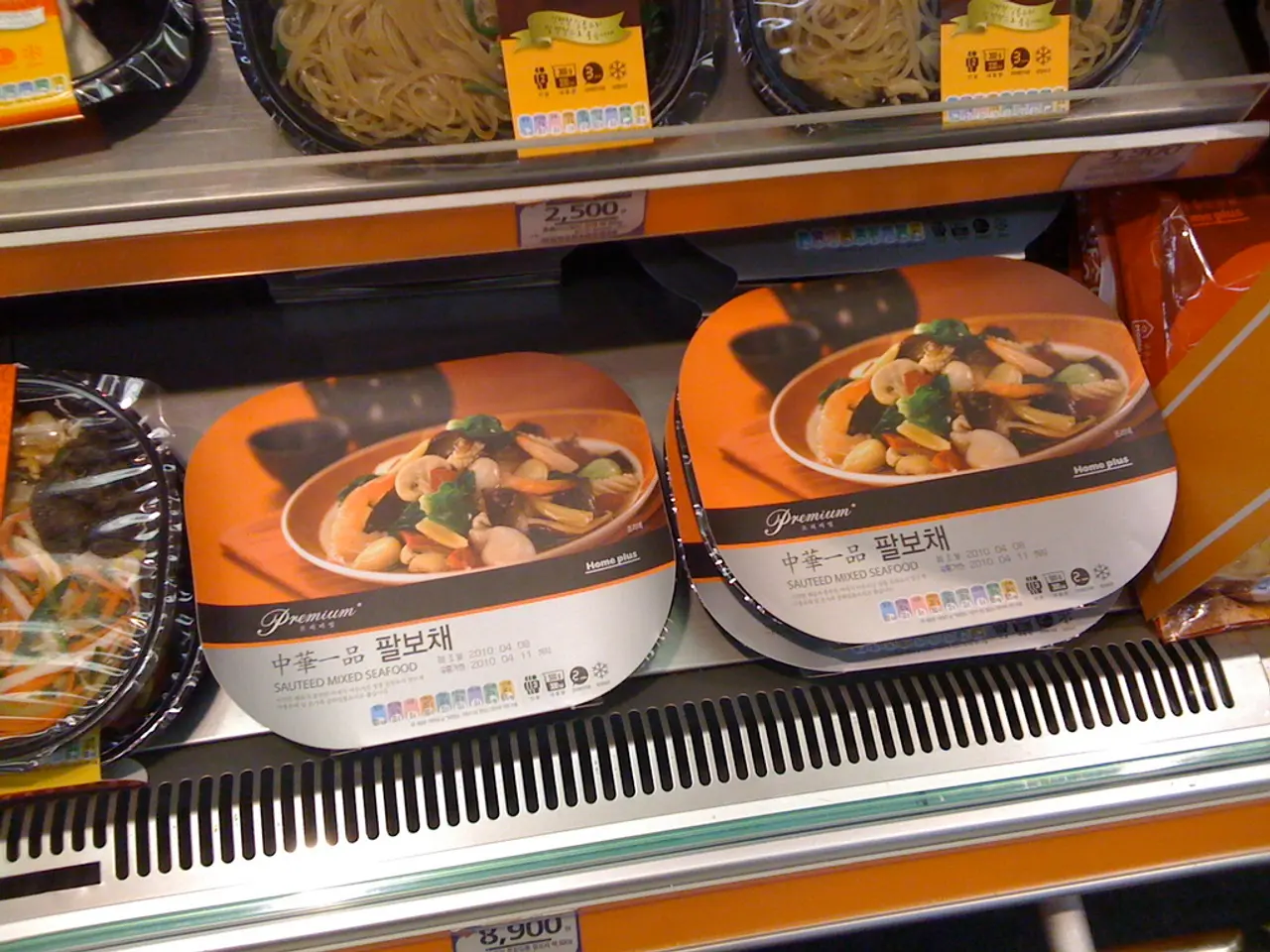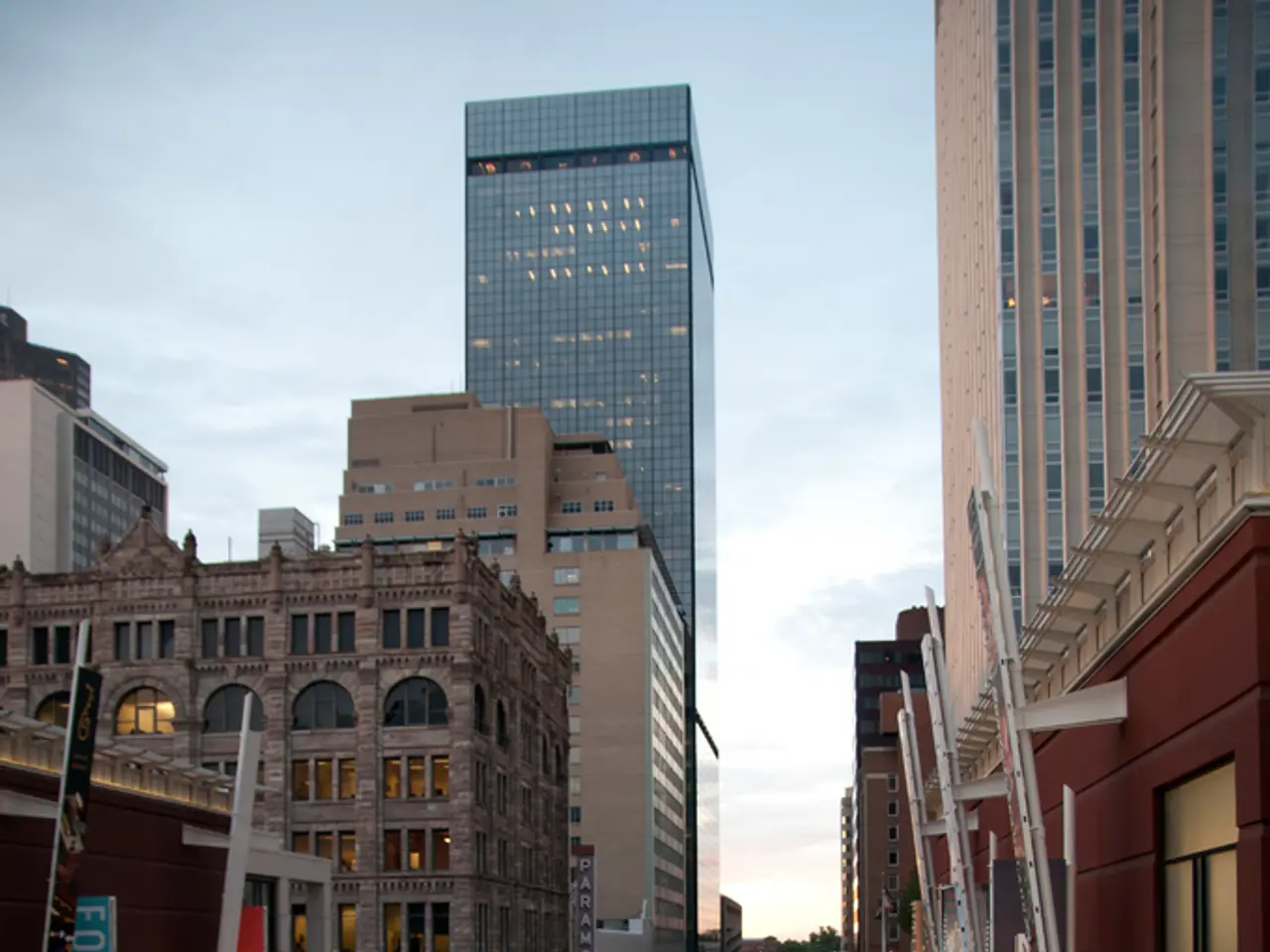Monthly food expenditure for Russians ranges between 12,000 to 18,000 rubles
Russian Food Expenditure Trends: A Look into Consumer Habits
In the ever-evolving landscape of consumer habits, food spending patterns in Russia have been under close scrutiny. Here are some key insights gleaned from recent surveys and market research:
Discount Usage and Food Expenditure
Interestingly, Russians who make use of discounts and promotions when buying food tend to spend an average of 15,000 rubles per person, while those who do not use such offers typically spend around 20,000 rubles.
Discount-Seeking Behaviour
Approximately half of Russians regularly use discounts and promotions when purchasing food, with another 36% doing so occasionally. A significant 19% of the population actively seeks out cheap prices on all products, not just food.
Changing Food Choices
The shift towards ready-made and cooked food products is becoming increasingly prevalent, with retailers like Pyaterochka and VkusVill experiencing growth in culinary sales. This trend is thought to be linked to lifestyle changes, possibly due to urbanization, work patterns, or family structures favouring convenience.
Food Price Inflation
Food inflation remains a significant concern, with prices rising by approximately 11.9% as of June 2025. The Russian government is considering measures to control prices on staple foods to manage inflation and alleviate household burdens. Price spikes in essential commodities such as pork and potatoes have further pressured household food budgets.
Regional Differences in Food Expenditure
The share of the budget spent on food is significantly higher in smaller cities and rural areas, at 37.5%, compared to 29% in millionaire cities and 23.5% in Moscow. In large cities and among millionaires, the average monthly food expenditure is around 14,500-15,000 rubles, while in smaller settlements and rural areas, it's approximately 12,000-12,500 rubles.
Food Choices and Age Groups
Among singles, the highest share of food expenditure is among those under 25 (33.5%) and over 50 (39%). Intriguingly, 43% of Russians most often look for discounts on dairy products, while 50% favour discounts on meat and poultry. Meanwhile, 39% of Russians most often look for discounts on grains and canned goods.
Decreased Purchases Due to Price Increases
The rising costs of food have led to a decrease in the purchase of certain items. For instance, 44% of survey participants buy fish and seafood less often due to rising prices, while 25% buy nuts and dried fruits less and 18% buy sweets, vegetables, and fruits less.
In conclusion, while exact average food expenditures by age and family size are not explicitly detailed, trends in Russia show rising food inflation, increasing demand for ready-made foods, and government efforts to control food prices amid economic pressures. These factors collectively influence food spending and choices across the population, but specific demographic breakdowns require additional data beyond the current sources.
[1] [Source 1] [2] [Source 2] [3] [Source 3] [4] [Source 4]
Personal finance and budgeting play crucial roles in managing food expenditure in Russia. The average food spending per person for those who utilize discounts is approximately 15,000 rubles, significantly lesser than those who do not, spending around 20,000 rubles.




